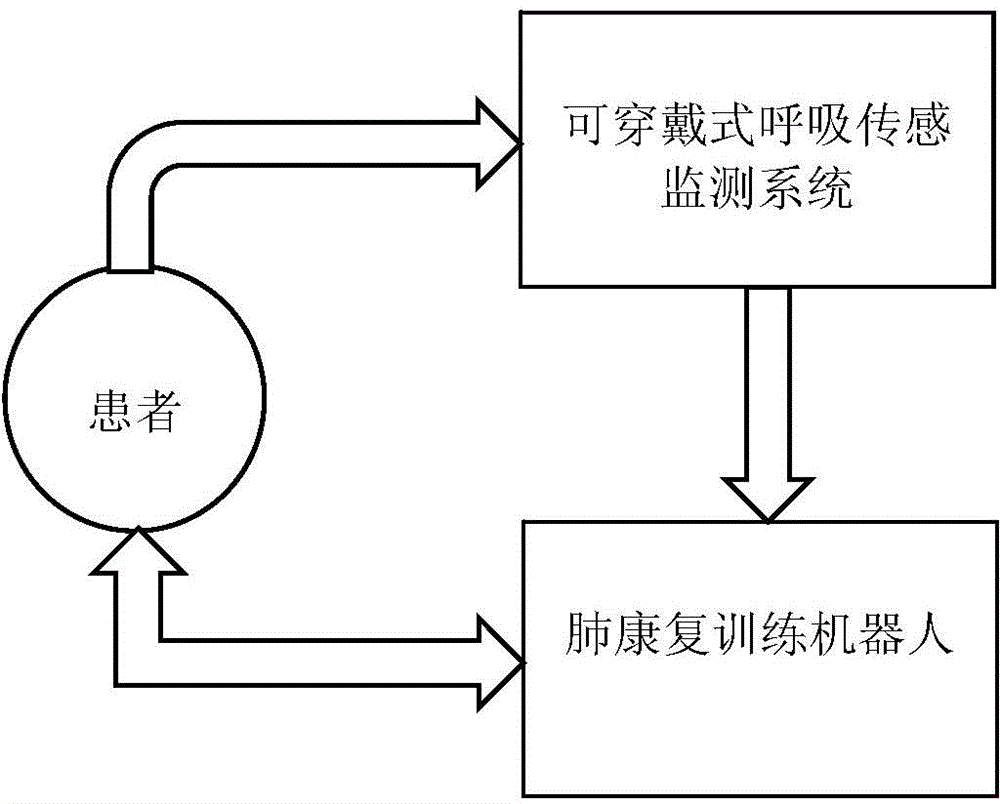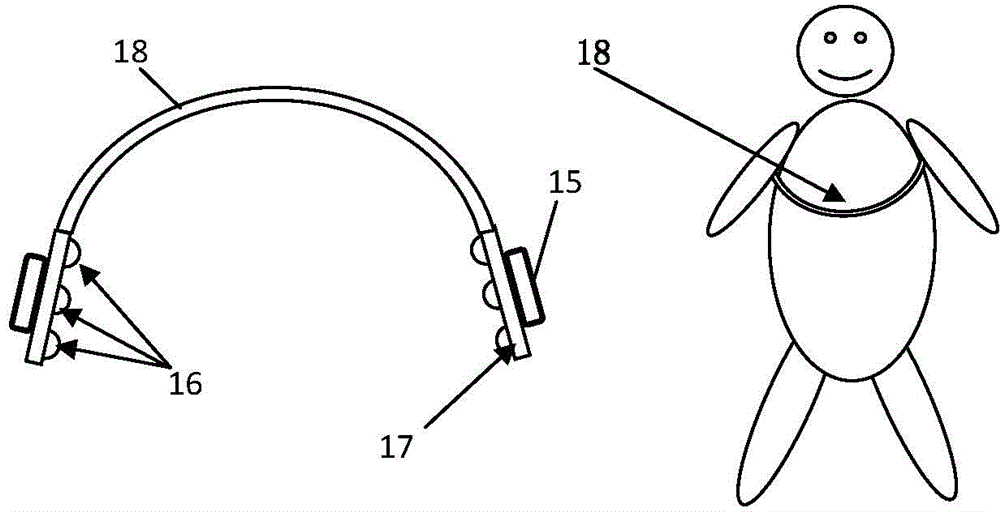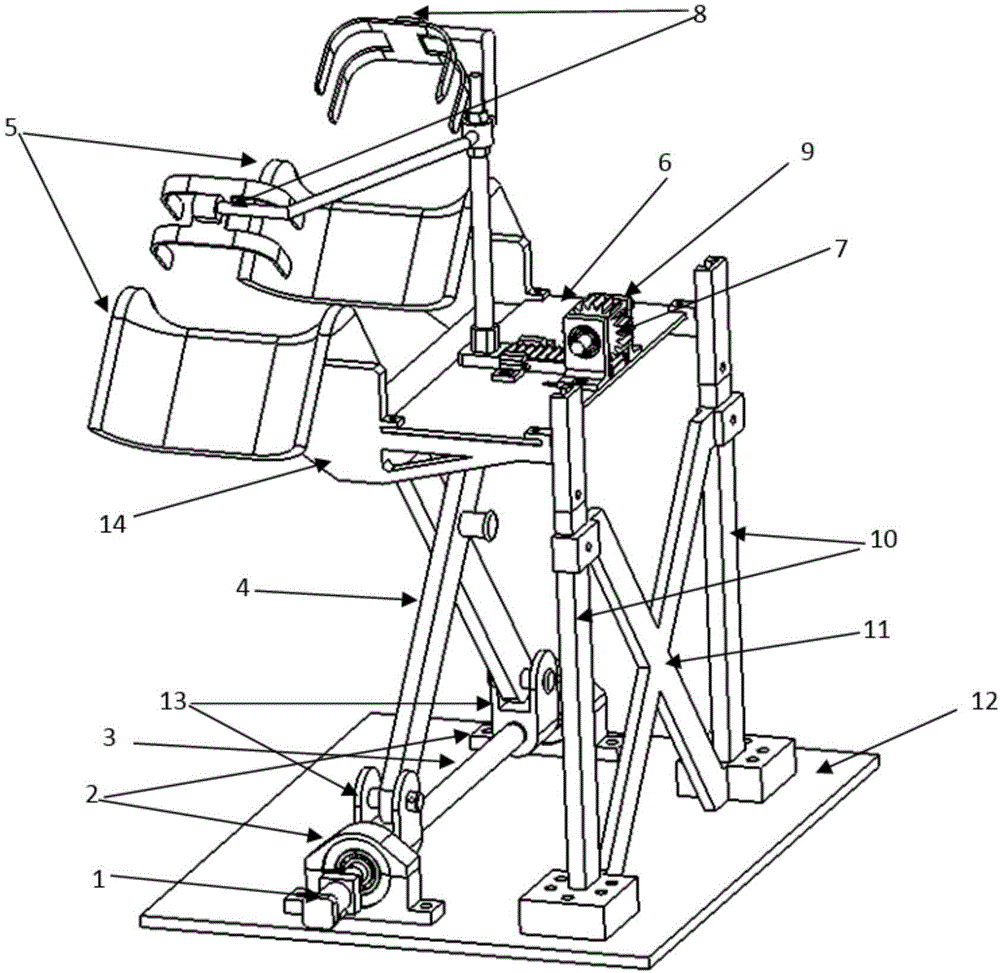Dyspnea difficulty feedback based robot pulmonary rehabilitation system
A training system and robot technology, applied in the field of medical equipment, can solve the problems of lack of accurate models, inability to give real-time feedback to patients, and rare problems, so as to achieve the effect of improving the effect and increasing the dependence
- Summary
- Abstract
- Description
- Claims
- Application Information
AI Technical Summary
Problems solved by technology
Method used
Image
Examples
Embodiment Construction
[0021] The following will clearly and completely describe the technical solutions in the embodiments of the present invention with reference to the accompanying drawings in the embodiments of the present invention. Obviously, the described embodiments are only some, not all, embodiments of the present invention. Based on the embodiments of the present invention, all other embodiments obtained by persons of ordinary skill in the art without making creative efforts belong to the protection scope of the present invention.
[0022] like figure 1 As shown, the present invention is a robotic pulmonary rehabilitation training system based on dyspnea feedback, including a wearable respiratory sensor monitoring system and a pulmonary rehabilitation training robot. like figure 2 As shown, the wearable respiratory sensing monitoring system includes several wearable inertial sensors 15, some surface electromyographic sensors 16, some tactile sensors 17 and an electronic nose; The size of...
PUM
 Login to View More
Login to View More Abstract
Description
Claims
Application Information
 Login to View More
Login to View More - R&D
- Intellectual Property
- Life Sciences
- Materials
- Tech Scout
- Unparalleled Data Quality
- Higher Quality Content
- 60% Fewer Hallucinations
Browse by: Latest US Patents, China's latest patents, Technical Efficacy Thesaurus, Application Domain, Technology Topic, Popular Technical Reports.
© 2025 PatSnap. All rights reserved.Legal|Privacy policy|Modern Slavery Act Transparency Statement|Sitemap|About US| Contact US: help@patsnap.com



